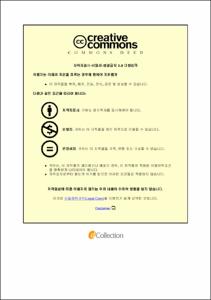Ulsan Univ. Repository
Thesis
General Graduate School
Mechanical & Automotive Engineering
1. Theses (Master)
The effect of knee varus deformity on cartilage and meniscus loading and screw fixation stability after high tibia osteotomy investigation using finite element analysis
- Abstract
- Osteoarthritis (OA) is a common disease among older people, affecting about 237 million people, almost 3.3% of the world's population. High tibia open-wedge osteotomy (HTO) is a popular surgery method to treat medial compartment osteoarthritis of the knee with varus deformity. Tomo-fix system composed of titanium plate and titanium screw always be used to fix the open-wedge. One intact normal knee model was developed to be used to investigate the biomechanical environment change of the knee with a varus angle. Another after-HTO tibia model fix with the TomoFix plate was developed to be used to investigate the fixation stability when missing one locking screw located at the upper portion of the open-wedge. The results of this study indicated that the varus deformity strongly influences the stress and contact pressure distribution on knee medial and lateral compartment, it could be the risk factor of OA. TomoFix plate fixation stability and biomechanical environment are all slightly influenced by the absence of screw A, B, or C, However, missing locking screw D will be the risk factor of hinge breakage
- Issued Date
- 2020
- Awarded Date
- 2020-08
- Type
- Dissertation
- Keyword
- knee joint; varus deformity; OA; high tibia osteotomy; Tomo-Fix plate
- Alternative Author(s)
- HUAN LIU
- Affiliation
- 울산대학교
- Department
- 일반대학원 자동차공학전공
- Advisor
- 염영진
- Degree
- Master
- Publisher
- 울산대학교 일반대학원 자동차공학전공
- Language
- eng
- Rights
- 울산대학교 논문은 저작권에 의해 보호받습니다.
- Appears in Collections:
- Mechanical & Automotive Engineering > 1. Theses (Master)
- 파일 목록
-
-
Download
 200000336134.pdf
기타 데이터 / 3.93 MB / Adobe PDF
200000336134.pdf
기타 데이터 / 3.93 MB / Adobe PDF
-
Items in Repository are protected by copyright, with all rights reserved, unless otherwise indicated.